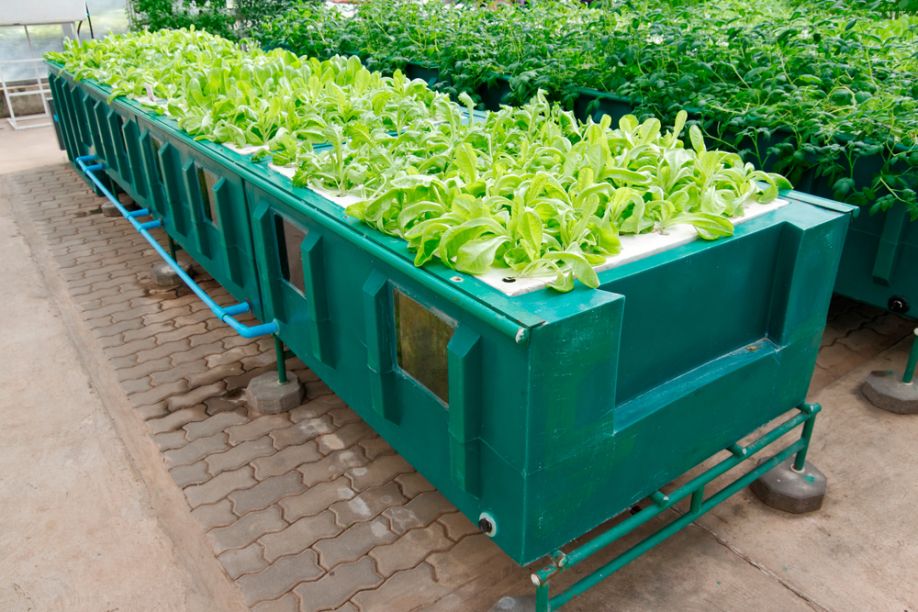Cybersecurity Risks of AI in Precision Agriculture
Precision agriculture is leveraging AI to automate processes and increase crop yields per season. However, its use brings an increased threat of cybersecurity attacks that manipulate data and harm operations.
How to Conduct a Cybersecurity Risk Assessment for Your Farm
As technology becomes more embedded into the industry's operations, so do cybersecurity risks. Agricultural operations must understand the vulnerabilities and implement security measures to protect equipment, data and livelihoods.
How Cyberattackers Hack Farm Equipment
Any machinery connected to the internet or other devices is at risk of hacking. Farmers hoping to make the most of this technology must learn how it's vulnerable and how they can protect it.
Protecting Your Agriculture Cooperative From Cyberattacks
A recent spate of cyberattacks prompted the FBI to issue a warning to agriculture co-ops. It advised them to be on high alert, especially during important planting and harvest times.
How Farmers Are Using Technology to Secure Their Land and Equipment
The increased utilization of precision agriculture has resulted in more data breaches. Precision agriculture is a management system that relies on measuring and quantifying vast amounts of data to improve yields and decrease inputs.
Piracy In The Fields: Agricultural Trade Secrets A Tempting Target
Bryan Thompson for Harvest Public Media: Agriculture today is a high-tech business, but as that technology has developed, so has the temptation to take short cuts and to steal trade secrets that could unlock huge profits.
Records 1 to 6 of 6
Featured Product

iglide® Q3E - two-component, high-load bearings for heavy-duty use
In this iglide® multi-component bearing, the outstanding tribological properties of iglide® Q3 are embedded in a high-strength jacket. The result is an even higher mechanical load capacity with simultaneously low wear, perfect for heavy-duty applications in harsh environments.

.jpg)
.jpg)
.jpg)


